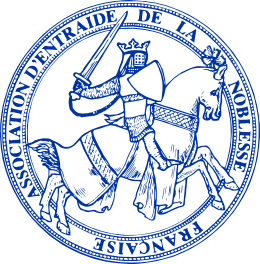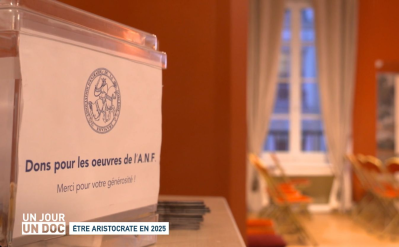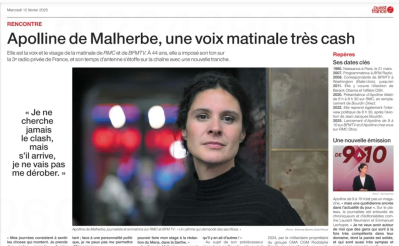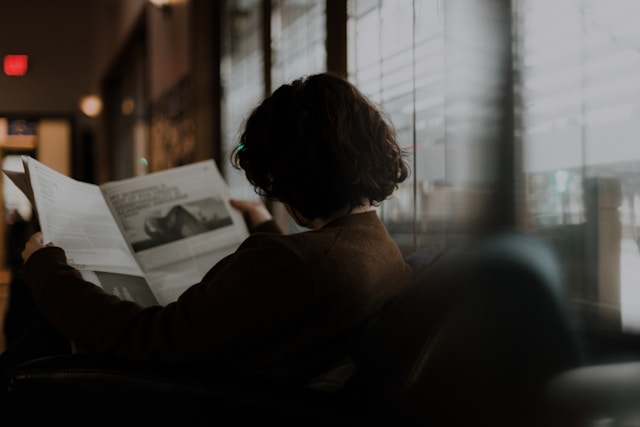News

Le Figaro: "At Château de la Brède, Montesquieu's Girondin heritage lives on thanks to his descendants".
REPORTAGE- Passed down from generation to generation for 900 years, the estate of the Enlightenment philosopher Charles-Louis de Secondat, Baron de la Brède and Montesquieu, has been preserved in a foundation since 2004 thanks to the will of his great-granddaughter.
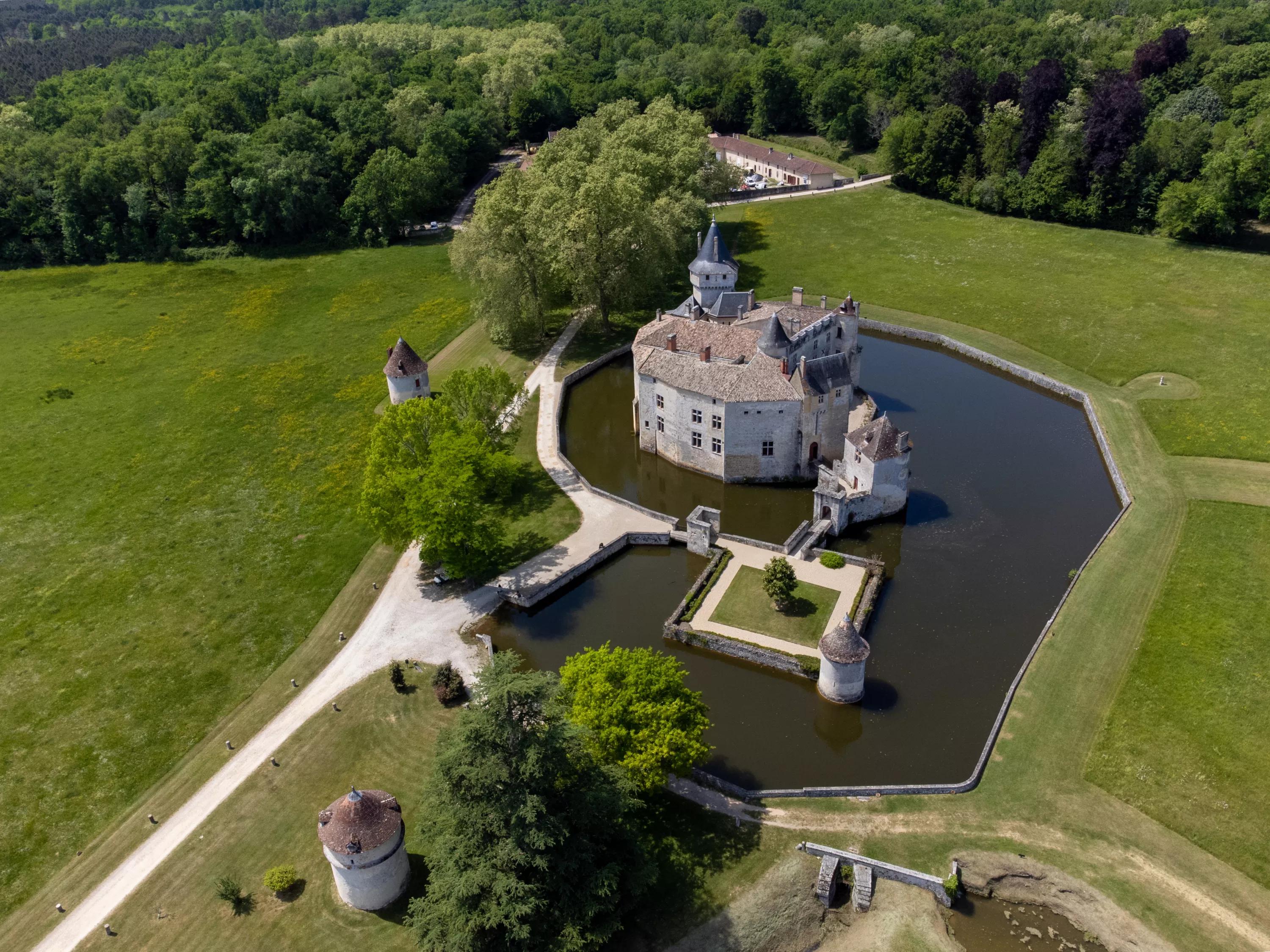
Château de la Brède, the estate where Charles-Louis de Secondat, Baron de Montesquieu, lived, is located in Gironde, 45 minutes by car from Bordeaux. Gironde Tourisme - David Remazeilles
Le Figaro Bordeaux
"We owe it to the memory of our forefathers to preserve, as far as we can, the houses they owned and cherished: for, by the care they took of them, by the expenses they incurred in building and embellishing them, we can judge with great appearance that their intention was to pass them on to their posterity", wrote Charles-Louis de Secondat (1728-1755), baron de la Brède and de Montesquieu in Mes pensées . Nearly three centuries later, these words of the Enlightenment philosopher still resonate in the minds and hearts of his descendants and those who have worked alongside them to preserve the philosophy of this Bordeaux man whose work inspired the foundations of modern republican democracies. Far from the glitz and glamour of Versailles and the English court, the aristocrat, political writer and observer of human society liked to take refuge in Gironde, in his estate at Château de La Brède, inherited from one of his uncles.
Preserved by the same family for 900 years, protected from looting during the French Revolution, the fortress was handed down in the 21st century to Jacqueline de Chabannes, who inherited it from her grandmother, née Montesquieu. Having died without a direct heir in 2004, the philosopher's descendant - and the last person to have lived in the château, which she opened to the public during her lifetime for Heritage Days - decided to organize her estate by legally securing the posterity of her famous ancestor. "She didn't want the château to be used for pince-fesses (sic) and to cease to be visited," explains José-Louis Desfilis. Jacqueline de Chabanne's former lawyer therefore helped her to set up her eponymous foundation, which is now the owner of Château de la Brède.
Twenty years of restoration
Since 2005, this château, with its 150 hectares of gardens designed by Montesquieu and its noble interiors, embellished by his descendants whose coat of arms adorns the pediment, has been restored thanks to the foundation. Jacqueline de Chabannes also bequeathed her a private mansion on rue Montaigne in Paris, the rents from which generate 650,000 euros a year to finance the work. According to Maître Desfilis, once the five employees and operating costs have been paid, at least half of this cash flow, enriched by government grants, is injected each year into the stones that house the philosopher's spirit. "Moat, roof, walls, windows, doors, electricity, paintings, gardens, forest, adjoining farm and stables..." As the man who now presides over the foundation points out, the work carried out over two decades is considerable. The estate, listed as a historic monument since May 7, 2008, should be perfectly maintained within five years. And it shows.
Worn but preserved furniture, a perfectly designed fleur-de-lys box under the bookcase and a farmhouse rehabilitated to welcome disabled visitors... You only have to compare the current state of the castle's visitable areas with Jacqueline de Chabane's private apartments, which Le Figaro was able to visit, to understand the quality of the renovations carried out. Every year, from March onwards, 28,000 visitors enjoy the estate and its surroundings, where they can have lunch on the grass with their families before feeding the carp.
Already particularly well cared for in the time of the philosopher of the Enlightenment, the exteriors are still highly valued. "Montesquieu had laid out gardens, but these spaces were designed to be useful. They still conceal an economic aspect," explains Isabelle Cazas-Audureau, the estate's director since 2018, who gave Le Figaro a tour of the grounds. The famous aristocrat, who liked to say that he didn't know whether his books were famous for his wine or whether his wine sold well thanks to his books, grew wheat in front of his château and rented out his adjoining fields to sheep farmers. Centuries have passed, but the vines at Château de la Brède still produce grapes that are vinified by Dominique Haverlan, while the estate's lawns are still grazed by cows in spring. Next autumn, the farmhouse, renovated at a cost of 1.8 million euros, should also be used to host corporate seminars and events in winter, when the gates are closed to tourists.
Cultivating common sense
A modern epic of rare intelligence in succession, which allows Montesquieu's legacy to endure when so many other French châteaux are in ruins. " I wasn't fortunate enough to live at La Brède," says Charles-Henri de Montesquieu, Baron de Montesquieu, without bitterness, "but we think it's great that our aunt managed to find a way of safeguarding this heritage by ensuring its enhancement. Statements that go beyond words for the head of the family. While Jacqueline de Chabannes, traumatized by the terrible fire at Elizabeth II's Windsor Castle in 1992, donated all the Montesquieu archives to the City of Bordeaux shortly afterwards, her nephew, who owned a collection of original works gleaned over time from his own funds, has just offered them to the estate to enrich its library. A huge medieval fresco was unveiled in the library in 2014, thanks to the intervention of experts from the French government via the foundation.
The Montesquieu family's good sense is far from fading from this land, which has long been theirs and for which they retain the affection of memories past and present. Succeeding Gaston de Montesquieu, who died in 1908, and Charles de Montesquieu, who died in 1926, as mayor of Brède, Marie-Françoise de Montesquieu, the current baron's grandmother, was a village councillor until 1970. Long ago, long before Maurice Druon chose it for his final resting place, the Montesquieu family owned up to the charge of the Faise abbey, 70 kilometers away, of which Joseph de Secondat became abbot in 1866. Just 200 metres from the Château de la Brède, the Chalet des Pins, which remains a family property owned by Pierre de Tournemire, a Montesquieu cousin through his mother, also honours the spirit of their grandfather, regularly organizing tributes to the philosopher.
Noblesse oblige
Succeeding Charles d'Hivernois, godson of Jacqueline de Chabannes, as president of the foundation, José-Louis Desfilis is enamored of the same philosophy. And while he doesn't explain his service by blood, he does testify to his affection for the memory of Montesquieu's great-granddaughter and, above all, his desire to work for the common good. "There's a team of people who are proud to be involved in this restoration. It's rare, but I believe in the virtuous circle. We're doing something good, with good people. So when you're getting on in years and you can say to yourself: 'Ah, it's pretty good what I've done', it's extremely gratifying", confides the man who already knows he'll be handing over the reins in the next few years. " It's humbling to work here, because Montesquieu is truly a man who left his mark on his time, and who still has something to contribute to ours with his spirit," agrees director Isabelle Cazas-Audureau.
The current Baron de Montesquieu has also been observing it since birth. "Wherever I go, people are rather friendly, touched or impressed, and generally compliment my surname. In the subconscious, this certainly implies good manners. It's not that we force ourselves to do it, but it's likely that we're more careful because of the name we bear". Noblesse oblige.
Read the article on www.lefigaro.fr
By Marie-Hélène Hérouart
Published March 10, 2024
